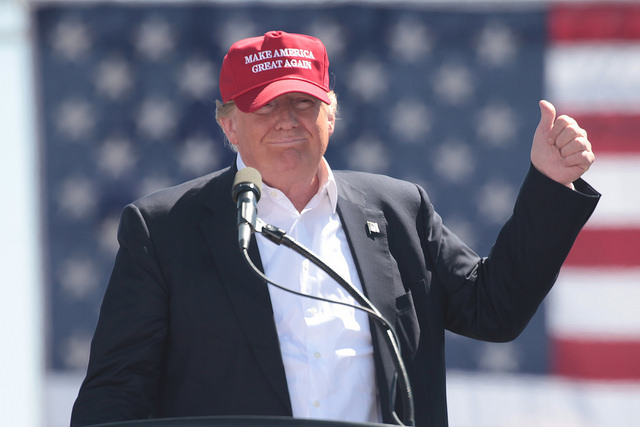
On his first full day, the new president pulls the country from the trade deal’s negotiations.
Well, there you go: It’s the first Monday of the Donald Trump presidency, and President Trump has signed an executive order announcing the United States’ withdrawal from the negotiations of the Trans-Pacific Partnership (TPP). Just like he said he would.
The president said he’d do a lot of stuff during his first day in office, all of them big. He won’t get to all of the items on this list; it’s mid-afternoon and most haven’t been completed (though he did get to this one). Still, withdrawing from the TPP is a big deal. The Washington Post made a good point, noting that while U.S. disengagement from the TPP could already be assumed (because it can’t pass Congress) Trump’s symbolic order signals he’ll follow through on the tough trade rhetoric of his campaign.
The Alliance for American Manufacturing (AAM) has been following the TPP negotiations for a few years now, and we’ve consistently said: Unless this deal is improved to better protect American manufacturers – by legislating against currency manipulation, restricting participation by state-owned enterprises, and enforcing stringent rules of origin – it might not be worth doing.
The deal, as it stands, doesn’t sufficiently do those things. So we’re okay with President Trump’s order. Said AAM President Scott Paul:
"Withdrawing from the TPP is a first step in a long road toward reforming trade policy and we look forward to working with the administration on finding solutions to create trade deals that keep jobs here in America."
A lot will be said about the geopolitical considerations of the United States backing away from a major, hemisphere-spanning trade and investment agreement. When it comes to keeping more blue collar manufacturing jobs in the United States, here are the facts:
Respected trade policy think-tanks like the Peterson Institute thought the TPP would hurt factory employment. The TPP wouldn’t have moved GDP very much. And the deal would ultimately only added 128,000 American jobs over the next 15 years.
Like we said: This is a first step. Let’s hope the next steps President Trump will take (like possibly renegotiating NAFTA) will be thoughtful, measured, and keep the best interests of American workers in mind.
